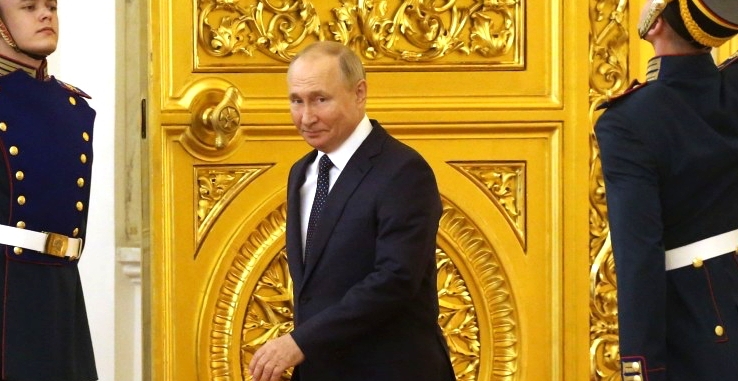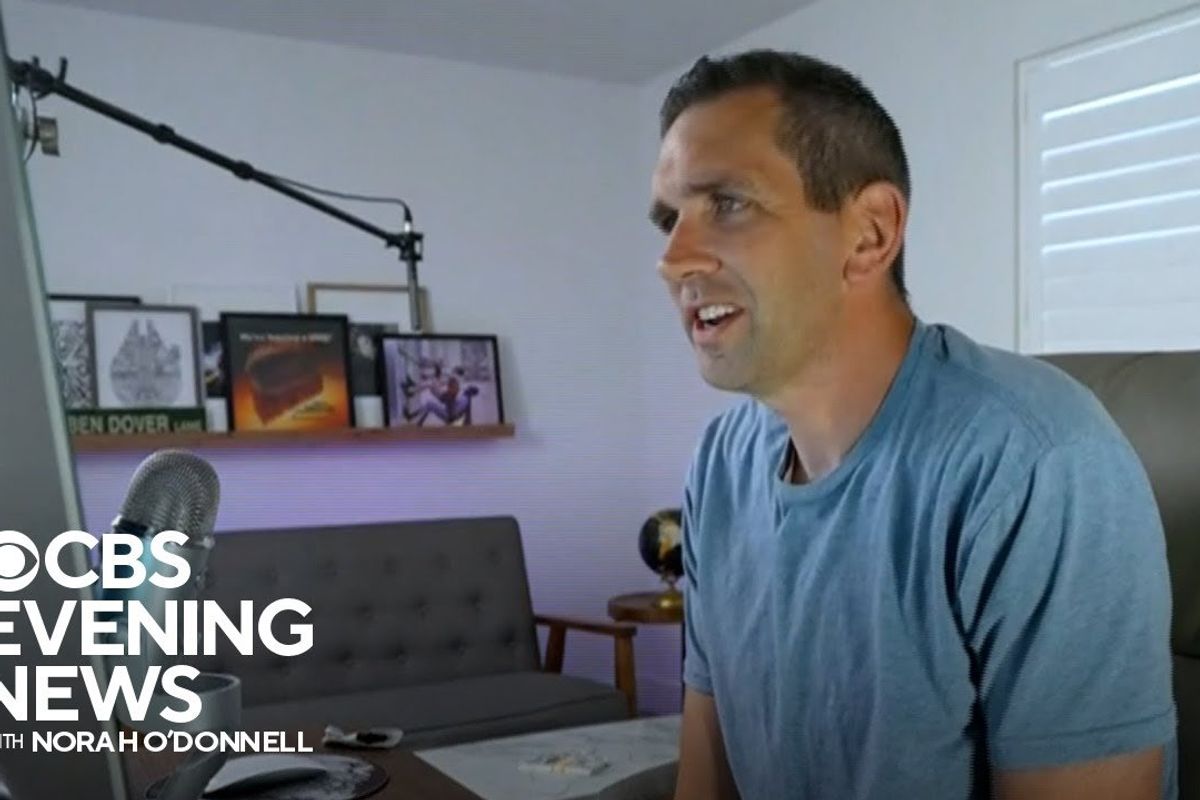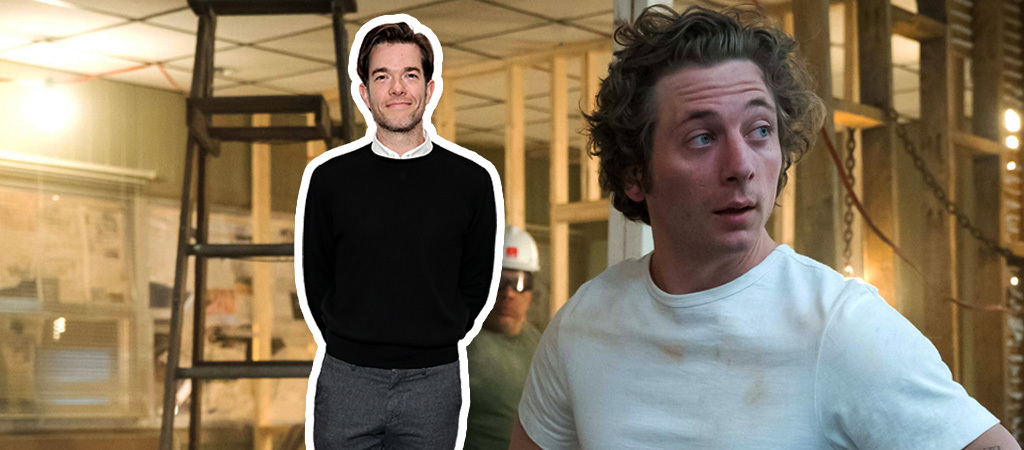
One of the many pleasant surprises from the freshly dropped second season of The Bear is a pop-in by comedian John Mulaney who plays an amused Chicagoan in the midst of a chaotic Bear family Christmas. It’s great, specifically his exchanges with Sarah Paulson. I want a companion podcast where their two characters provide a searing running commentary about everything happening. I also want snackable videos of him paying Matty Matheson money to execute a series of dares and poorly thought-out financial schemes.
Since we’ve already taken it upon ourselves to plot out Mulaney’s career as it pertains to The Bearverse, let’s also expand into other shows he should cameo on. Because it’s nice when he shows up — as in The Bear, or Bupkis, Crashing, and Dickinson — and because we want to see him both play into and against type in shows as tonally diverse as Yellowstone, Jury Duty, and Billions. So, with that said, here are our pitch.
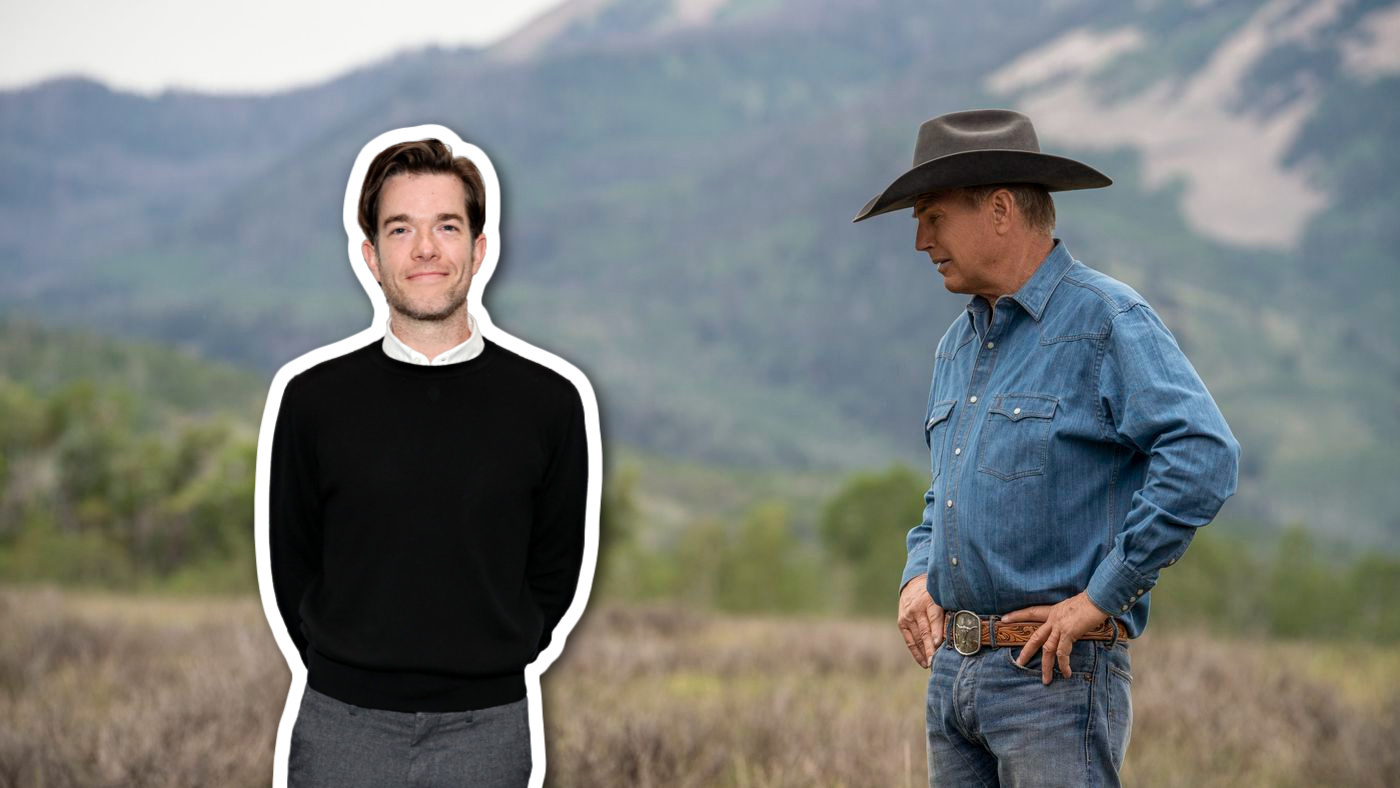
Yellowstone
We’re starting off with what might be the biggest swing. Yellowstone is the most-watched show in existence but many regard it more as a heartland hit than something in the mainstream (an idea that doesn’t necessarily scan, but I digress). You know what would shake that perception as we head into the show’s end run? Adding the Mulaney bump. Open the tent and bring in urban comedy nerds, Taylor Sheridan.
We’re not talking about a one-off. We want an arc, perhaps one where Mulaney plays a wasp-y big city transplant turned dude ranch operator who, it is eventually revealed, is actually John Dutton’s illegitimate child. And then what if, (gasp) he’s the one who gets the ranch in the end! (I haven’t watched this show in a couple of seasons, there’s still a ranch, right?)
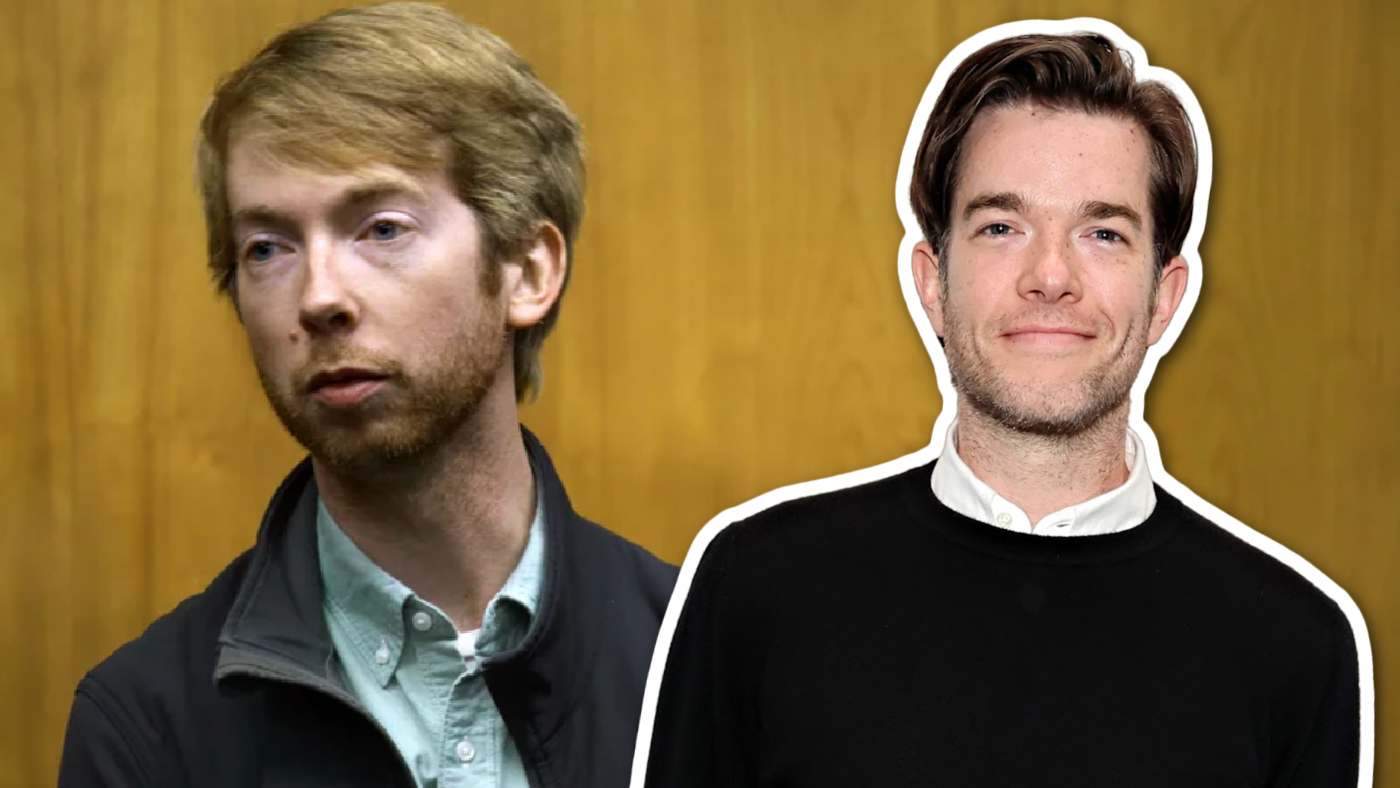
Jury Duty
Now, the creative direction for this idea hinges on whether Mulaney has had time to peek Freevee’s surprise reality hit. If he’s been too busy – being a dad, putting out comedy specials – to catch why a normal bloke named Ronald Gladden is now being fan cast as the next Superman and hamming it up with J.Law at premiere afterparties, well, great. Let’s drop Baby J in season two as the unassuming nice guy a group of professional actors troll to the brink and see how long he lasts. But, if Mulaney happens to know what the words “chair pants” and “soaking” mean, well then cast him as the next James Marsden but with more power. John Mulaney as the foreperson of a fake murder trial? The jokes write themselves.
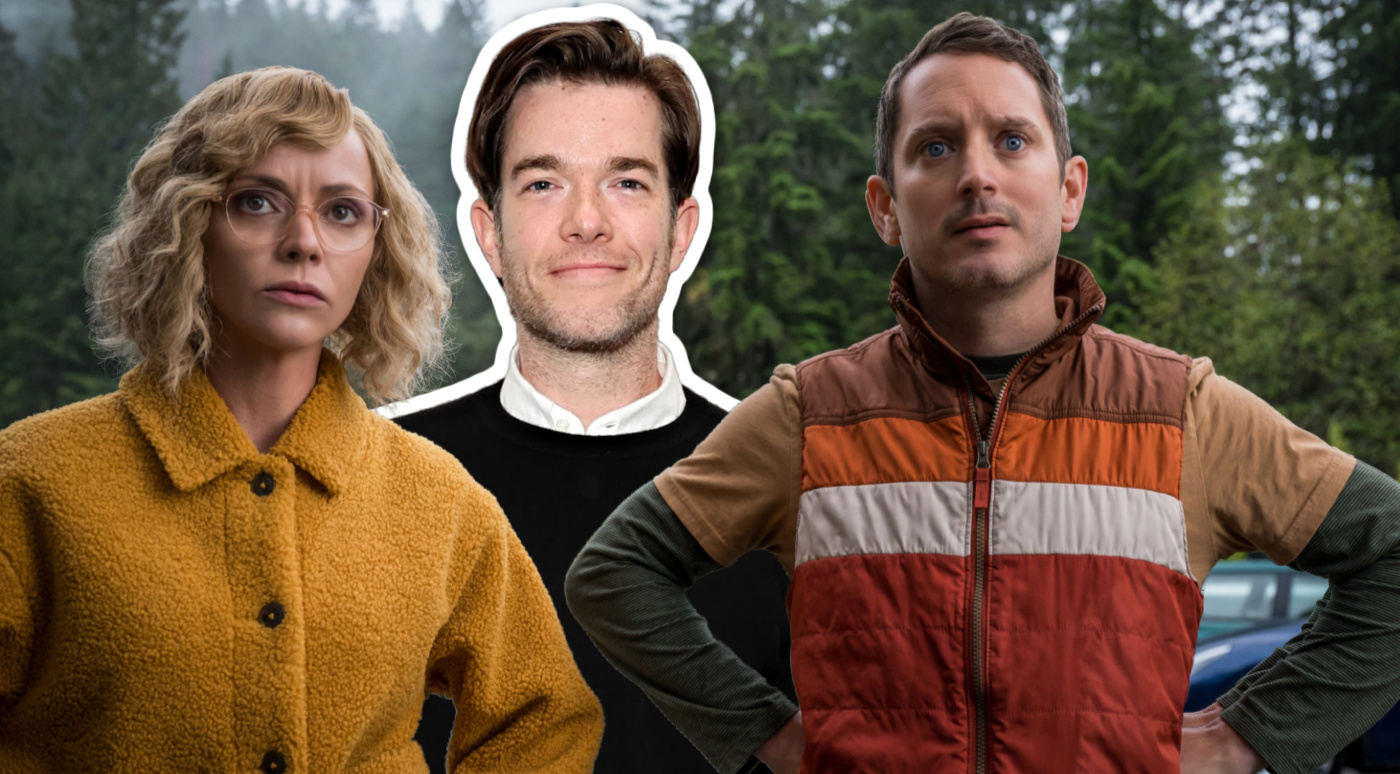
Yellowjackets
Two ways to go here. #1, John Mulaney plays a grizzled Canadian wilderness tracker who stumbles upon the survivors and leads to their eventual rescue (but he gets eaten in the interim between when he radios for help and when help arrives. These children are very hungry). Or, Mulaney plays the webmaster for the Citizen Detectives who gets suspicious about Walter and Misty and gets a little too close before getting a lot over his head. Your choice, Yellowjackets producers. These ideas are free.
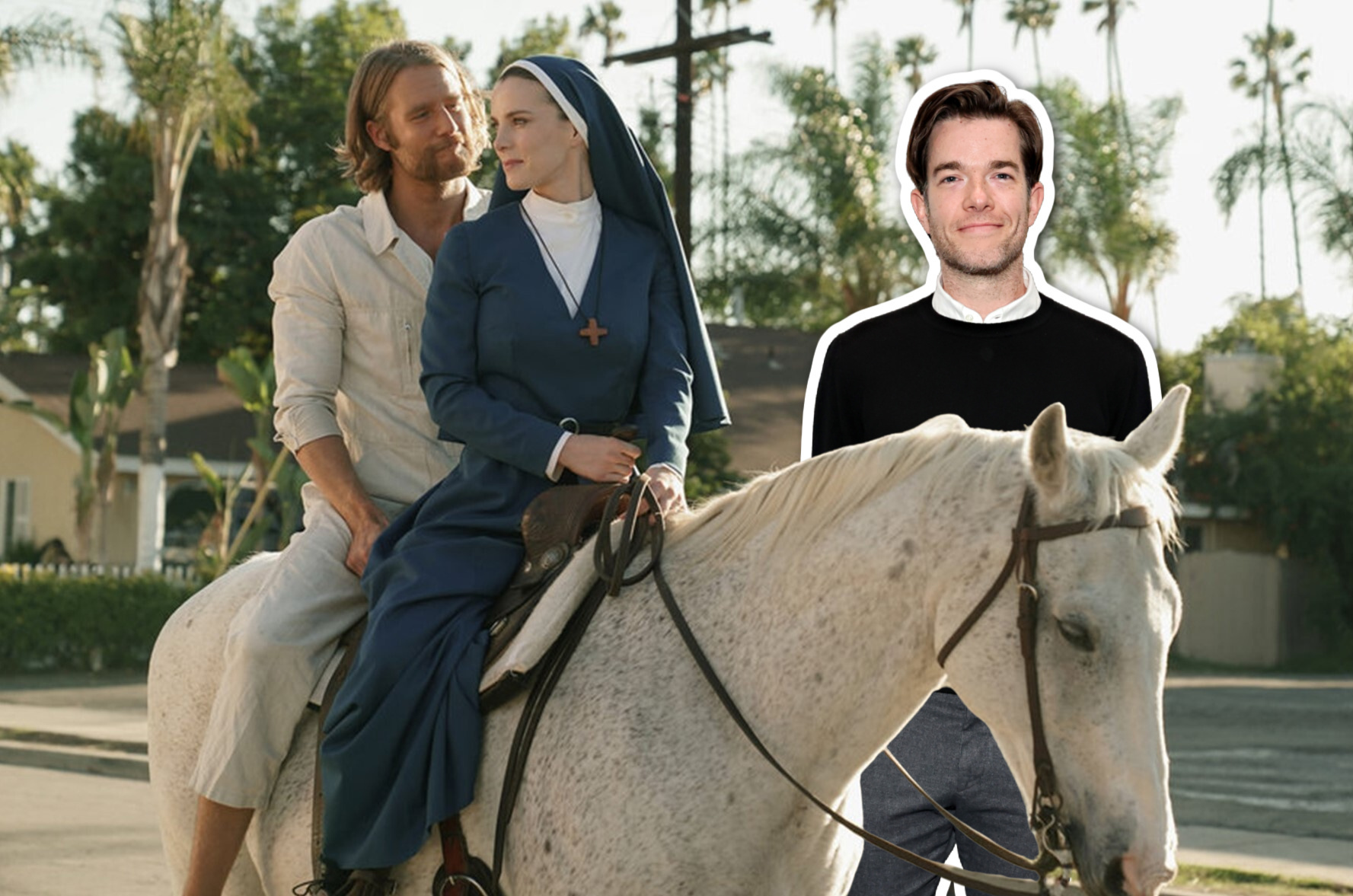
Mrs. Davis
The main premise is John Mulaney as a magician-hating, Nazi-fighting nun – in full regalia atop a majestic steed. I don’t care what plot sorcery must be conjured to deliver that image. Maybe he plays Betty Gilpin’s little brother who must battle an evil AI successor? Perhaps he’s the next Mother Superior, training under Margo Martindale’s tutelage to clean up the mess made when Mrs. Davis was taken offline? I’ll suspend belief for just about anything as long as I get Mulaney in a brightly colored habit.

Abbott Elementary
A lot of ways in here but we’re fixated on the idea of John Mulaney as an extreme helicopter parent and ultra-demanding head of the PTA who makes Ava’s life a living hell while intimidating Jacob to the point of near tears. This feels like Mulaney’s best shot at an Emmy.
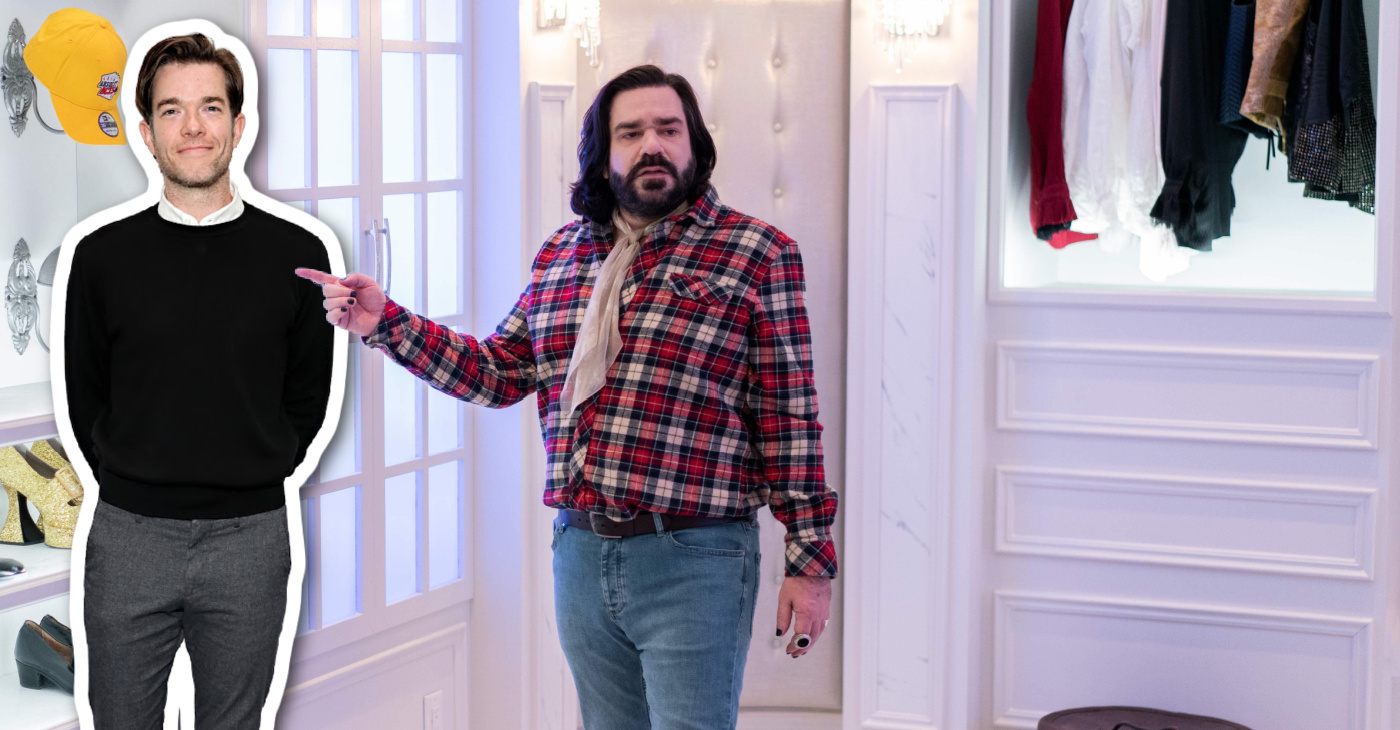
What We Do In The Shadows
Nandor has Guillermo. Nadja has her creepy little doll. Where’s Matt Berry’s lackey? Why, he’s right here – a tall drink of water with elocution as recognizable as that of an 18th-century English dandy-turned-vampire. Berry’s already proven his pronunciation of the words “New York Citaayyy” contains melodies more complex than a Beethoven symphony. Add in Mulaney’s signature 1930s radio-broadcaster impression and, well, imagine the phonetic chaos these two could wreak together.
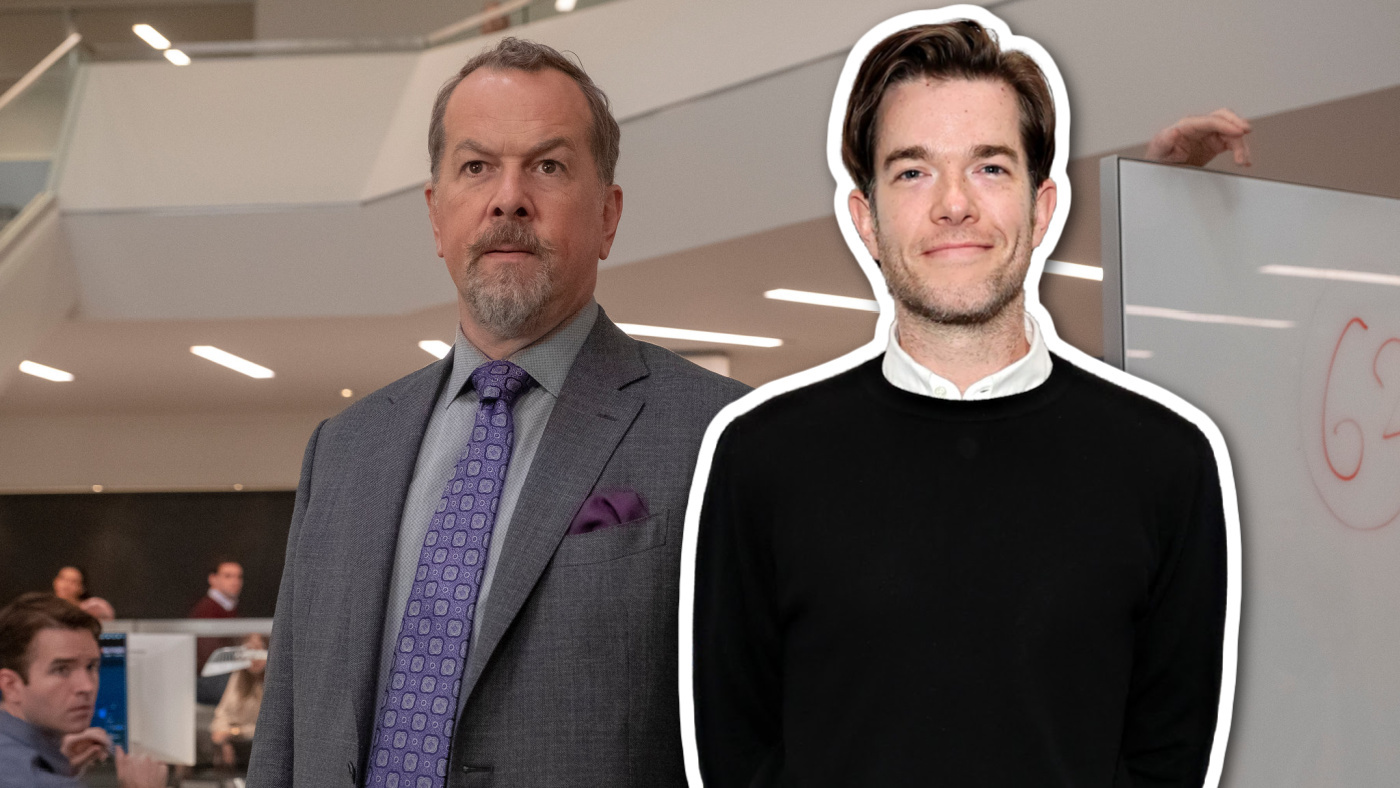
Billions
I just want John Mulaney to play a character who is as confused, annoyed, and fascinated by crypto as I am. I think he’d do well as a nepobaby investor who feels like he was wronged by Dogecoin and so now he’s come to Axe Cap to rebuild his portfolio and his faith in the market. The show turned fellow comic Mike Birbiglia loose to great acclaim earlier in its run. Time to let Johnny eat too.
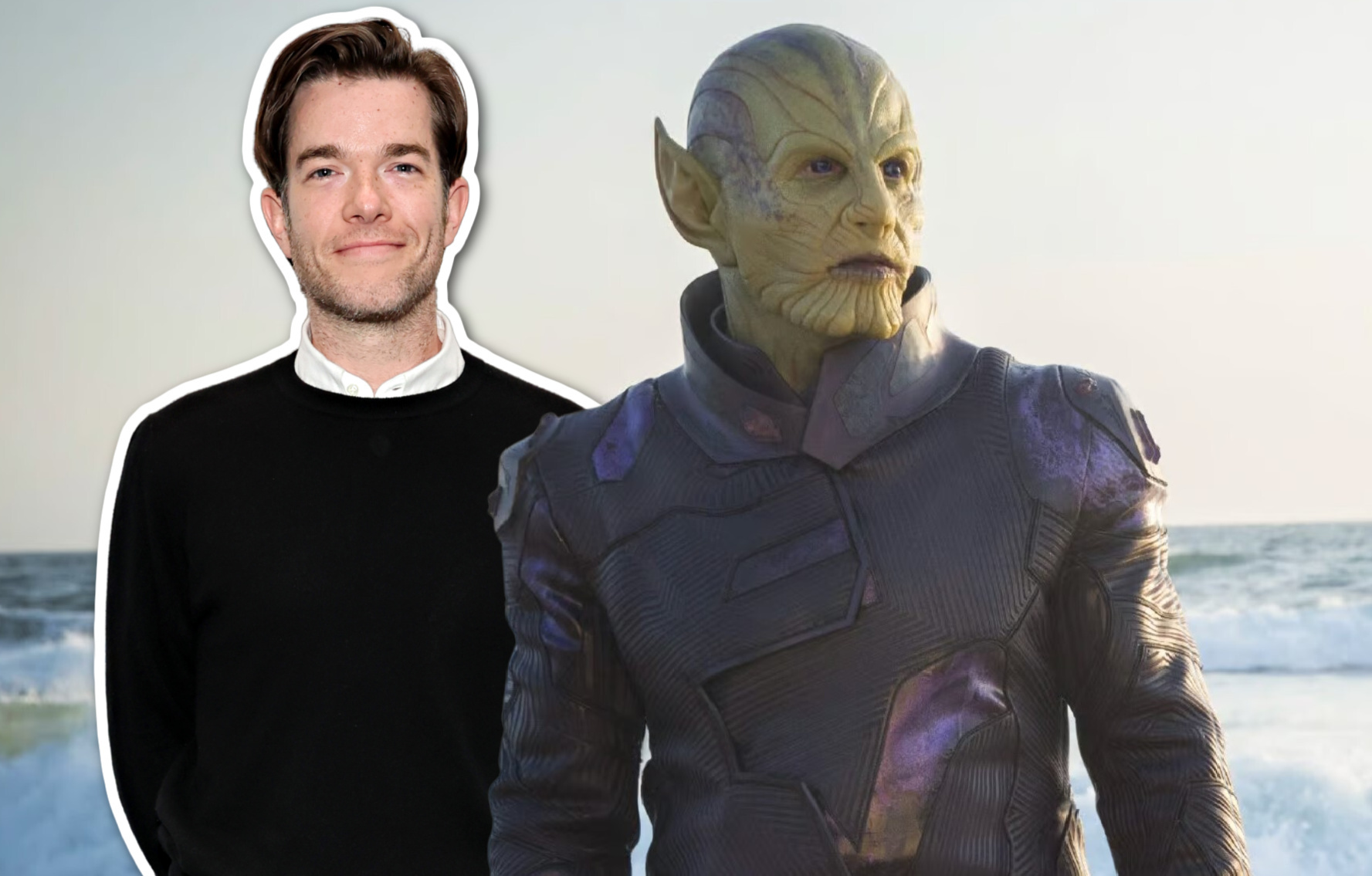
Secret Invasion
I’ll be honest, I have no idea what the plot of this show is, but here’s the pitch: Skrull Mulaney. If we want to get really meta, maybe we can have his extraterrestrial alter-ego bomb during a comedy set. Not a must, just a suggestion. Do with it what you will, Feige.

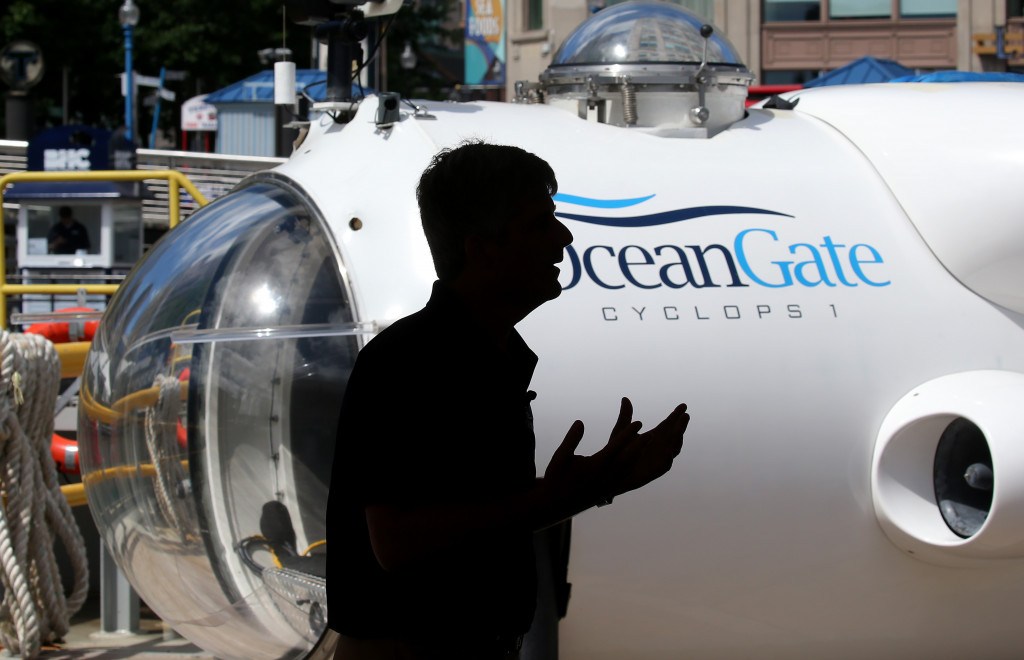

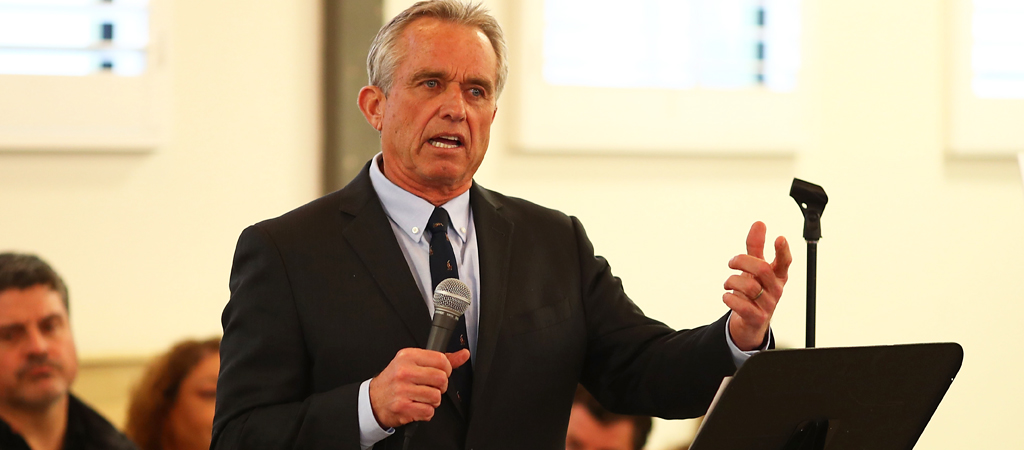

 (@mlauriat)
(@mlauriat) 




